Posted on: 08/01/2024
A central part of the Teach Through a Text approach are the discovery points that are placed (usually) at the start of each of our Writing Roots from Reception to Year 6. We strongly believe that these are essential parts of the learning and writing process for children. In case you haven’t heard, discovery points are those planned opportunities when the teacher will immerse children in the world of the book and ignite children’s awakening perception of the key themes, vocabulary and characters (real or fictional) that they will encounter on the literary journey they are about to embark on.
This is much more than a cosmetic exercise. The discovery points create an unforgettable sense of awe and wonder for children, presenting them with a mystery to be solved and piquing their curiosity about hidden knowledge to be won. Before children read the text, they experience the world it inhabits. They find clues to this world. They begin to wrap their vocal chords around new language and their minds around new themes and dilemmas – whether these be ethical, political or sociological. It doesn’t need to be elaborate either…some hazard tape, strange footprints, a battered suitcase can be enough to fire the imagination.
Dramatic techniques play a key role in these lessons. The mantle of the expert, first introduced by drama educationalist Dorothy Heathcote in the 1960s, is an approach which encourages a class of children to respond to a dilemma. Children are ‘commissioned’ by an imaginary third party (such as a character from the text) and follow a thread of enquiry by working as a team, inferring facts, becoming experts and recommending solutions. The class teacher facilitates the role play by providing prompts and encouragement when needed.
At the start of a new year and term, many schools which use Literacy Tree see a rich array of discovery points unfold across the school. Children may be purposefully searching for dragons, clipboards in hand, or taking part in archaeological digs, brushes and trowels at the ready, or even baking buns, flour and butter all over hands. These are discovery points linked to quality texts and all support children with the upcoming writing they will engage in, creating a literary ‘buzz’ around the school. Additionally sharing pictures on social media, is a great way to have this ‘buzz’ cascade into conversations at home.
As the new Spring term gets underway, we wanted to share one discovery point per year group from the Suggested Curriculum Maps. These texts are all suggested for the Spring term. We hope these give inspiration for those all-important initial lessons as schools prepare for learning to recommence.
Thank you to schools who have already sent us their wonderful photos. Please share any future pictures with us on social media also!
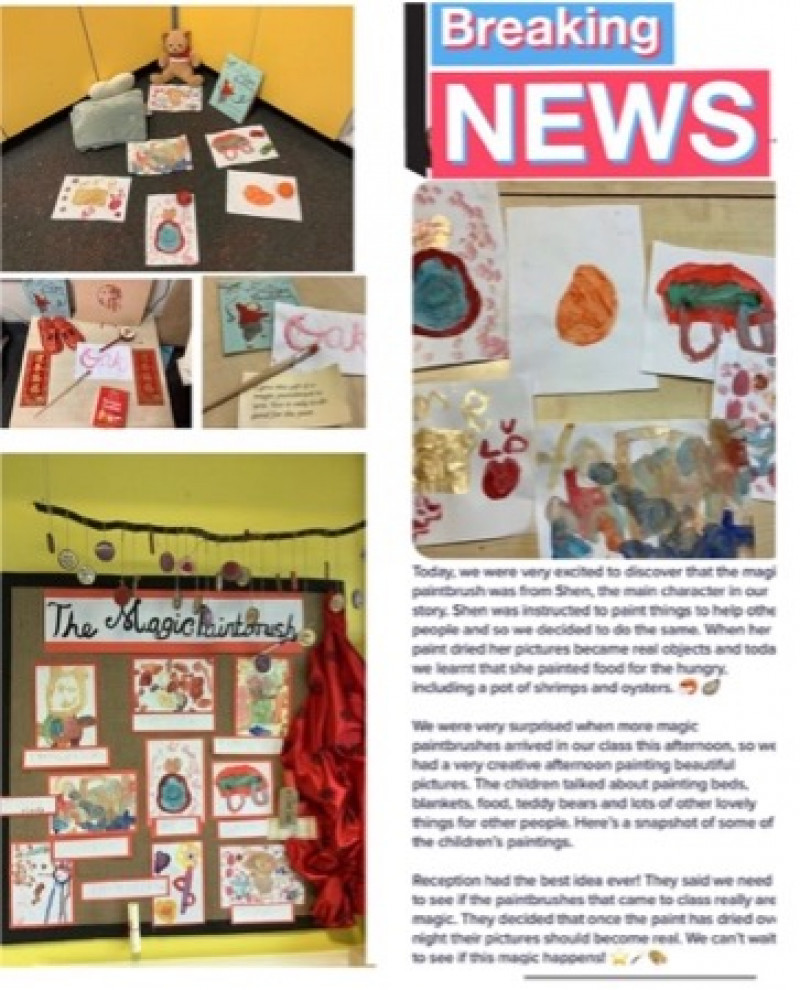
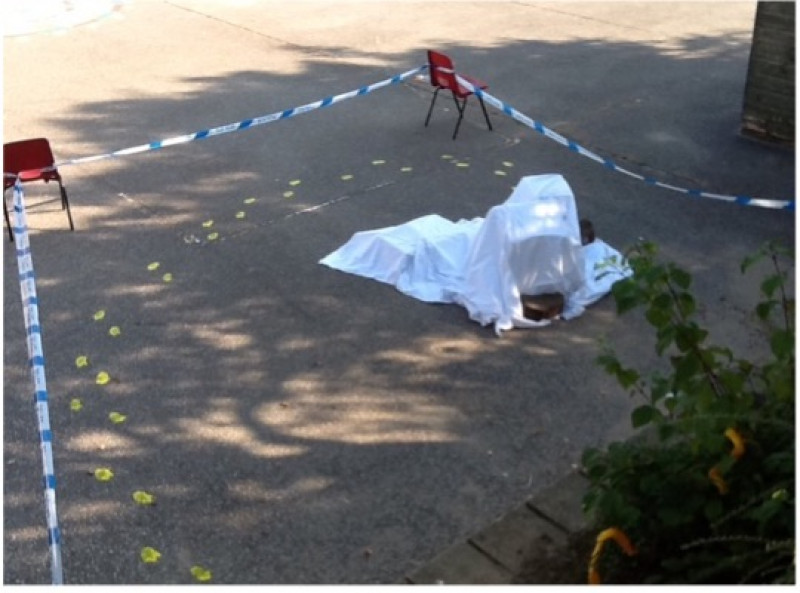
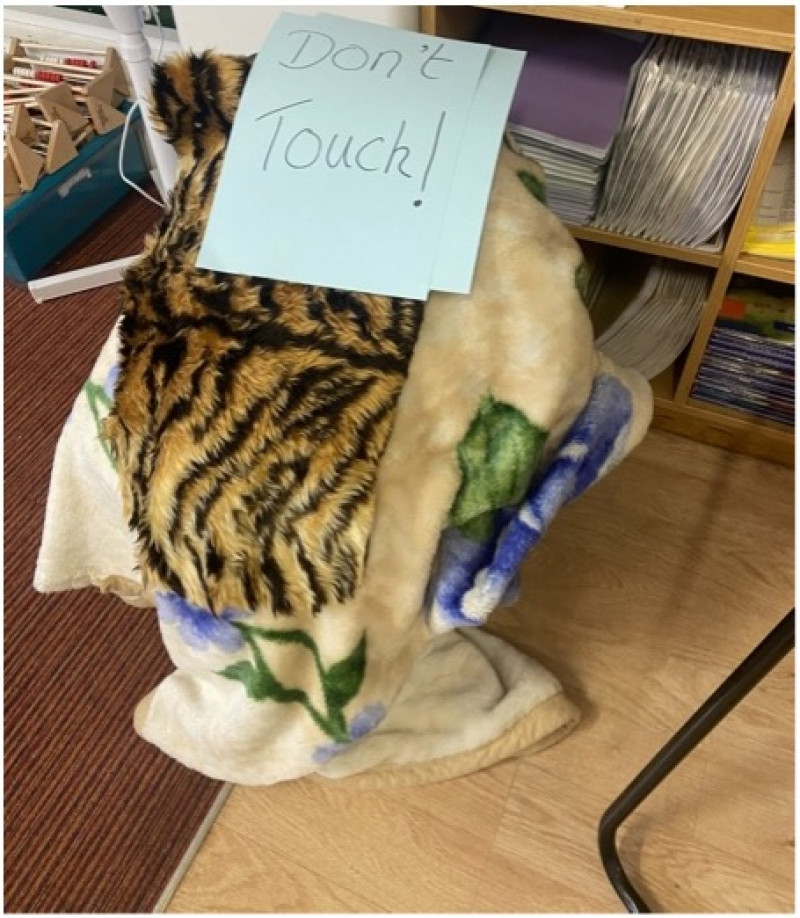
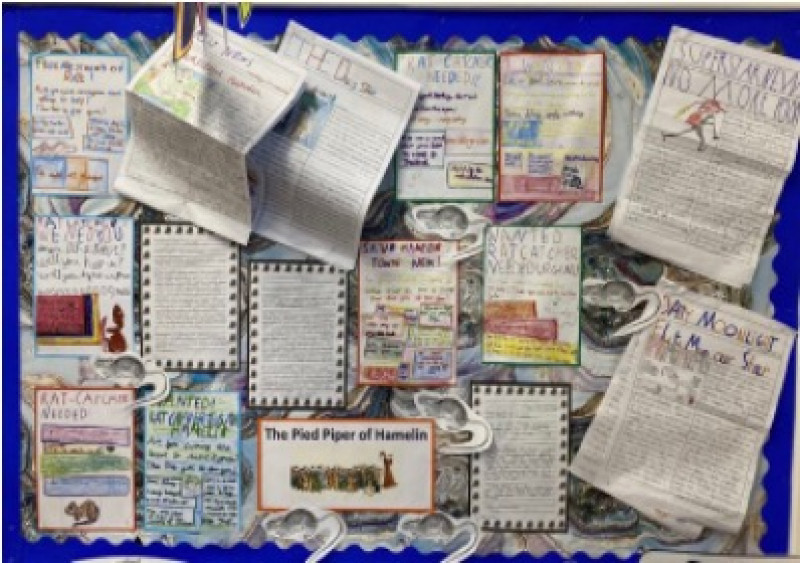

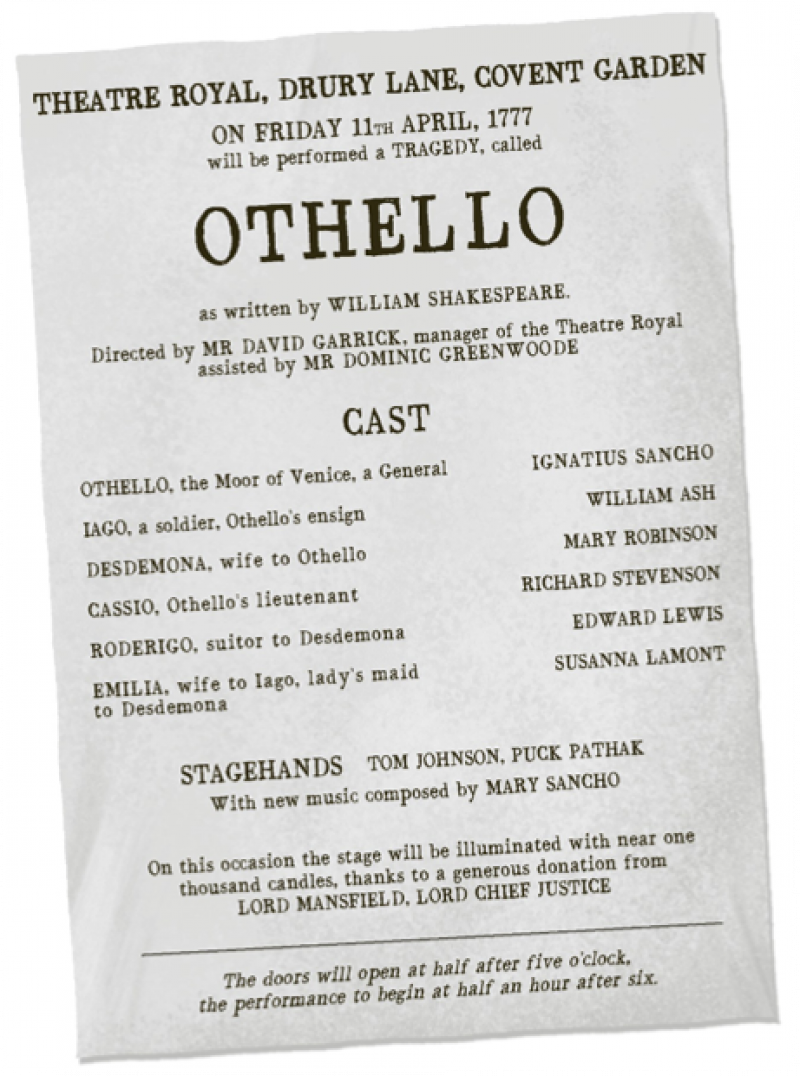

Year 6 – The Invention of Hugo Cabret (St John’s and St Clement’s)
Before commencing the sequence, change classroom backing, displays and borders to black and white, including any pictures. This will help the children think about black and white pictures and films, which are features and themes within the book.
Creating question tags:
Show children a heart-shaped key. Ask them to create some statements about where it might come from or what it could do, e.g.:
It might open a chest that contains secrets.
It could be a key to a treasure box.
Children use statements to create questions which they later discover the answers to.